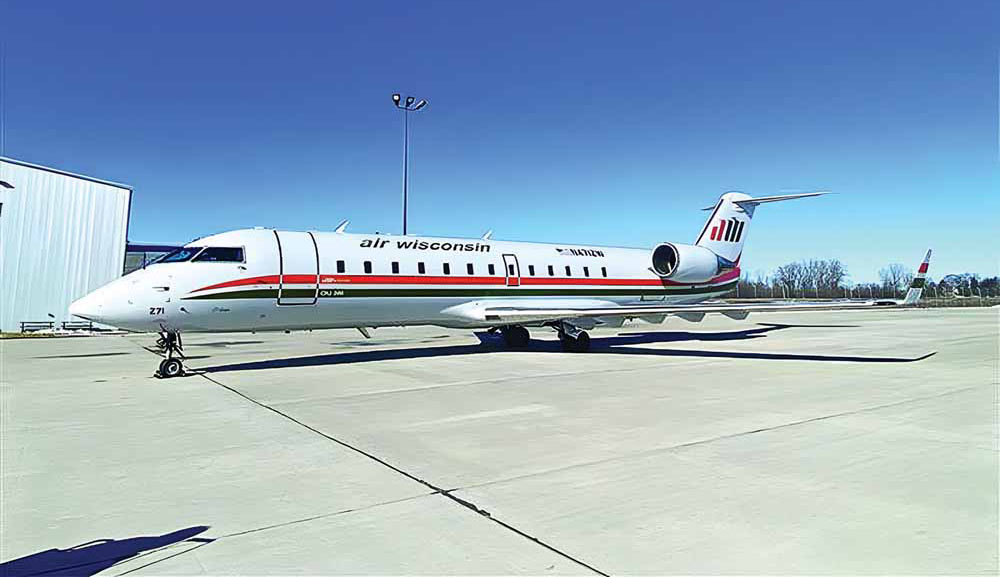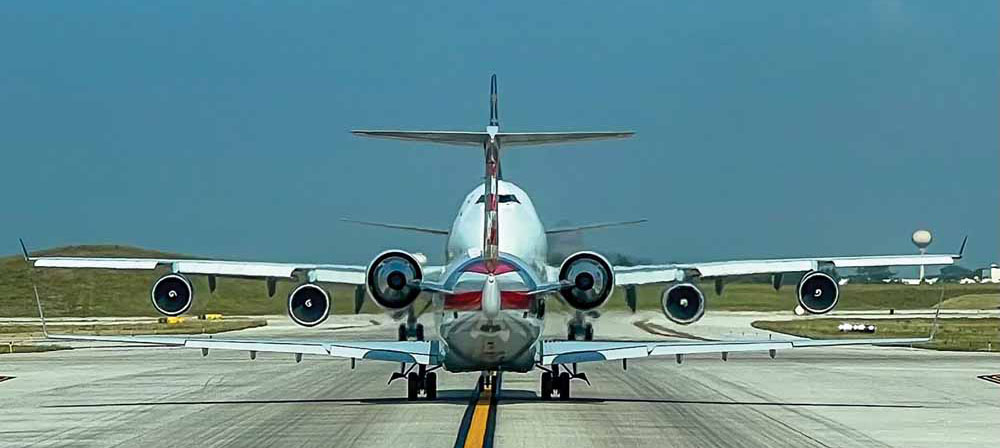Air Wisconsin

CRJs in Air Wisconsin’s original orange and olive livery will be among the aircraft launching the carrier’s new charter service. Photo: Air Wisconsin Airlines
At A Glance
Pilots joined ALPA: 1982
Number of pilots: 356
Pilot bases: Chicago, Ill.; Milwaukee, Wisc.; and Dayton, Ohio
Hubs/key markets: Chicago, Ill.; and Milwaukee, Wisc.
Headquarters: Appleton, Wisc.
Operations: Air Wisconsin will cease flying for American Airlines in April and will shifts its focus to charter and EAS operations.
Fleet: Approximately 60 50-seat CRJ200s
After two years of stability, Air Wisconsin’s future is uncertain once again after losing its mainline partner. On January 3, American Airlines announced it would end its relationship with Air Wisconsin on April 3, 2025, with three years left to run on a five-year capacity purchase agreement. While the announcement was unexpected, the airline has weathered such challenges before, having previously flown for United Airlines, US Airways, and United again before its most recent partnership with American.
At least in the short term, the carrier hopes to rely on charters to keep flying. The 59-year-old airline began operating charter flights last October, primarily for collegiate athletic teams. Air Wisconsin also hopes to successfully compete with other carriers to expand into flying government-sponsored Essential Air Service (EAS) routes to underserved communities.
Internally, the pilots’ Master Executive Council (MEC) is well positioned to realign its operations, having improved its volunteer retention efforts. With a new cadre of young first officers stepping up for union service, the MEC’s committees are now fully engaged in supporting the pilot group wherever new business opportunities take them.


